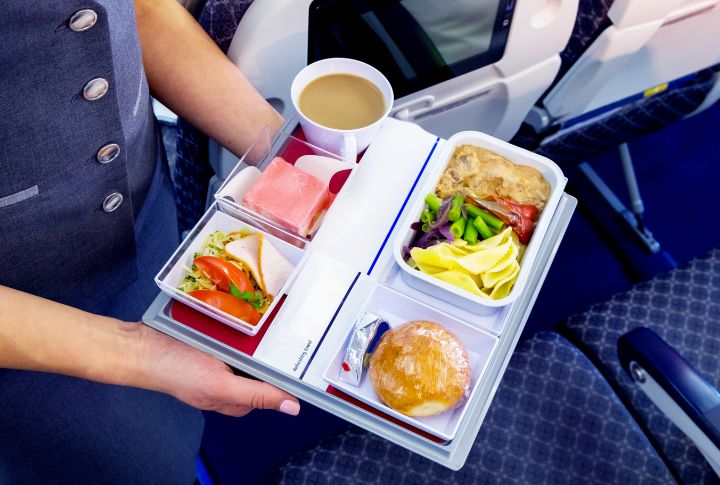
When it comes to air travel, those who know the ins and outs of flying (read airline employees) have a few secrets up their sleeves. One of the biggest secrets? Certain foods and drinks on planes are best left untouched. Here are six food and drink items airline employees avoid on planes and why you might want to think twice before indulging.
Steak: An In-Flight Faux Pas
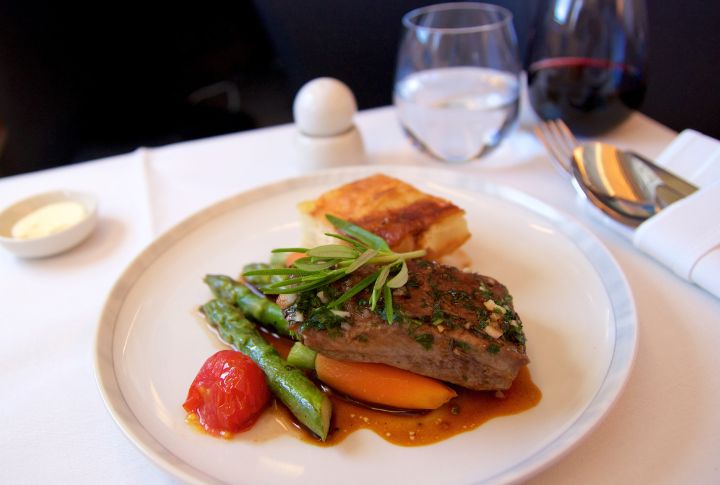
Many passengers dream of a hearty steak dinner while cruising at 35,000 feet, but steak is a big no-no for airline employees. The reason? Steak is notoriously difficult to cook perfectly on the ground, let alone in an airplane’s compact galley. Flight attendants know the chances of getting a tender, juicy steak on a flight are slim. It’s often overcooked or undercooked, lacking the flavors you’d expect from a well-prepared meal.
Main Entrees: The Lesser of Evils
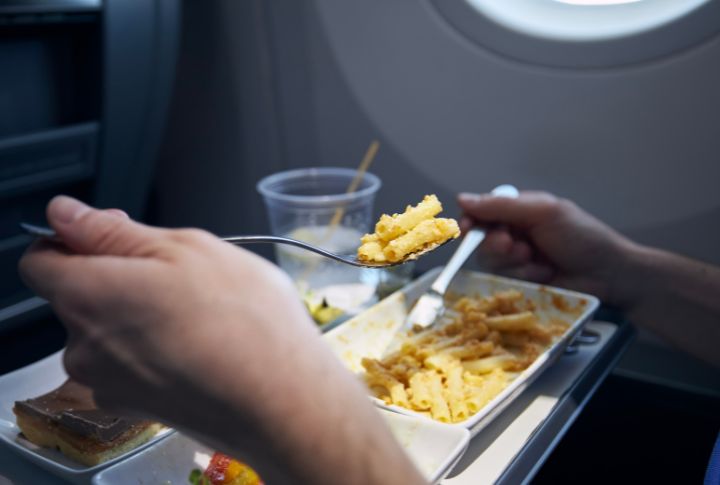
Airline employees often avoid main entrees like chicken or pasta due to concerns about food safety and quality. This is because airplane food is pre-cooked and then reheated, which can result in a less appetizing meal. Besides, meals are prepared hours before takeoff, causing them to lose their freshness long before reaching the tray table.
Cheese Platters: A Recipe for Disaster

Cheese platters might seem like a classy, safe choice, but they’re on the no-go list for many in the know. Cheese is notoriously perishable and temperature-sensitive. Cabin pressure and fluctuating temperatures can wreak havoc on its taste and texture, not to mention potentially accelerate bacterial growth.
Beyond Airline Food: The Case Against Certain Snacks
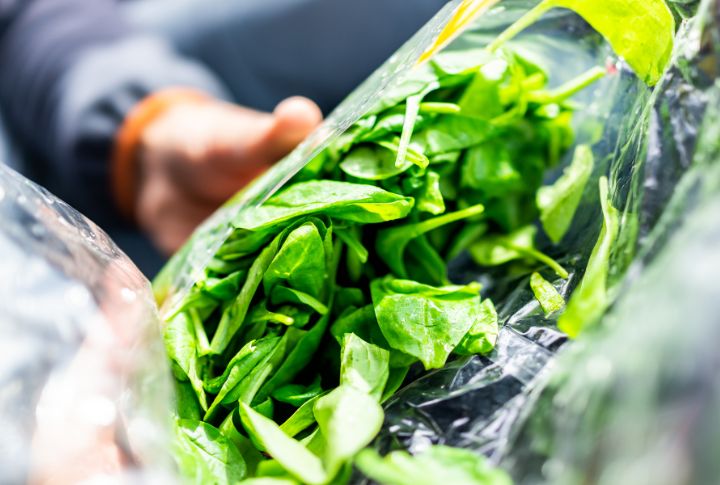
Even when venturing beyond the airline-provided meals, employees are cautious. Take pre-packaged salads, for example. These can be a gamble due to inconsistent refrigeration, leading to potential foodborne illnesses. Another surprising item to avoid? Nuts. While they seem harmless, they can be a choking hazard, especially when combined with dry cabin air, making it harder to swallow.
Water: A Hidden Health Risk
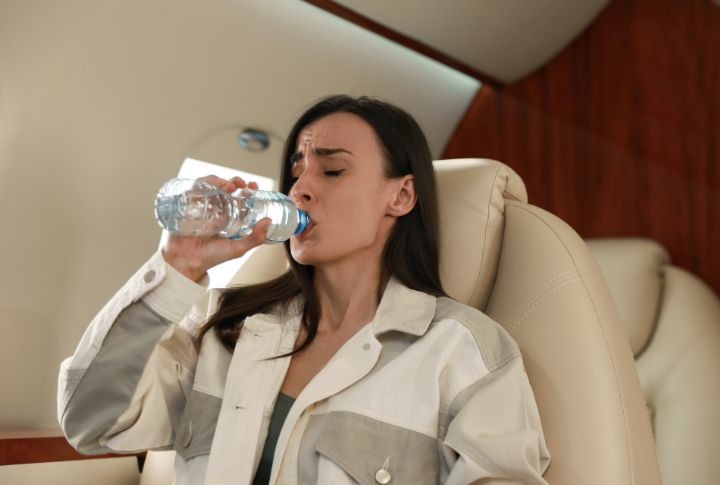
When it comes to hydration, water is typically the go-to. But on airplanes, the water tanks can be less than clean. Flight attendants are well aware of the potential contaminants in the onboard water supply. They often stick to bottled beverages to ensure they’re not consuming water that might have been sitting in the tanks for an extended period. Even coffee and tea made with airplane water can be suspect, so it’s usually best to avoid these.
Alcohol: Not Worth the Hangover
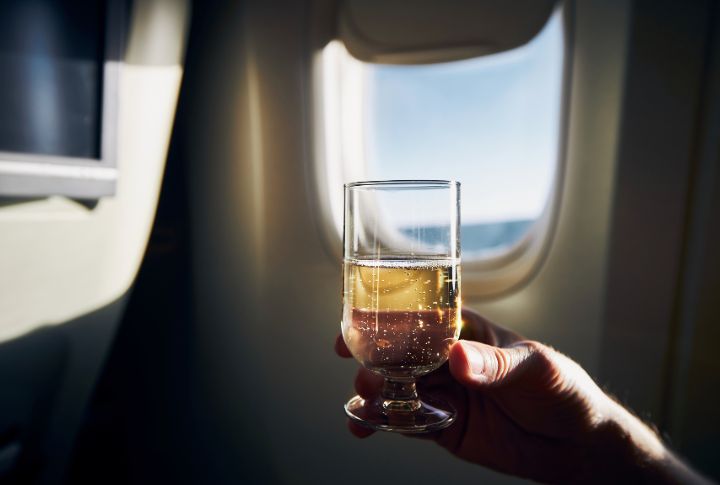
Alcohol is a staple for many travelers looking to relax, but airline employees tend to avoid it. The cabin pressure can enhance the effects of alcohol, leading to quicker intoxication and a higher chance of dehydration. Drinking alcohol on a plane can result in feeling worse upon landing—headaches, nausea, and grogginess are common. Flight attendants prefer to stay hydrated and alert, knowing the temporary buzz isn’t worth the potential hangover.

Comments
Loading…